These photographs are curated from an ongoing series focused on Pacific Northwest botany.
The goal of this project is to capture images of native plants while considering the effects that land management strategies, climate patterns, and changing wildfire regimes have on plant populations. It’s an excuse to explore, examine spaces and habitats as they change over time, and expand my personal knowledge of my region. It’s a process of self-education that I invite you to join me on.

Common camas (Camassia quamash) framed by Pacific madrone (Arbutus menziesii).
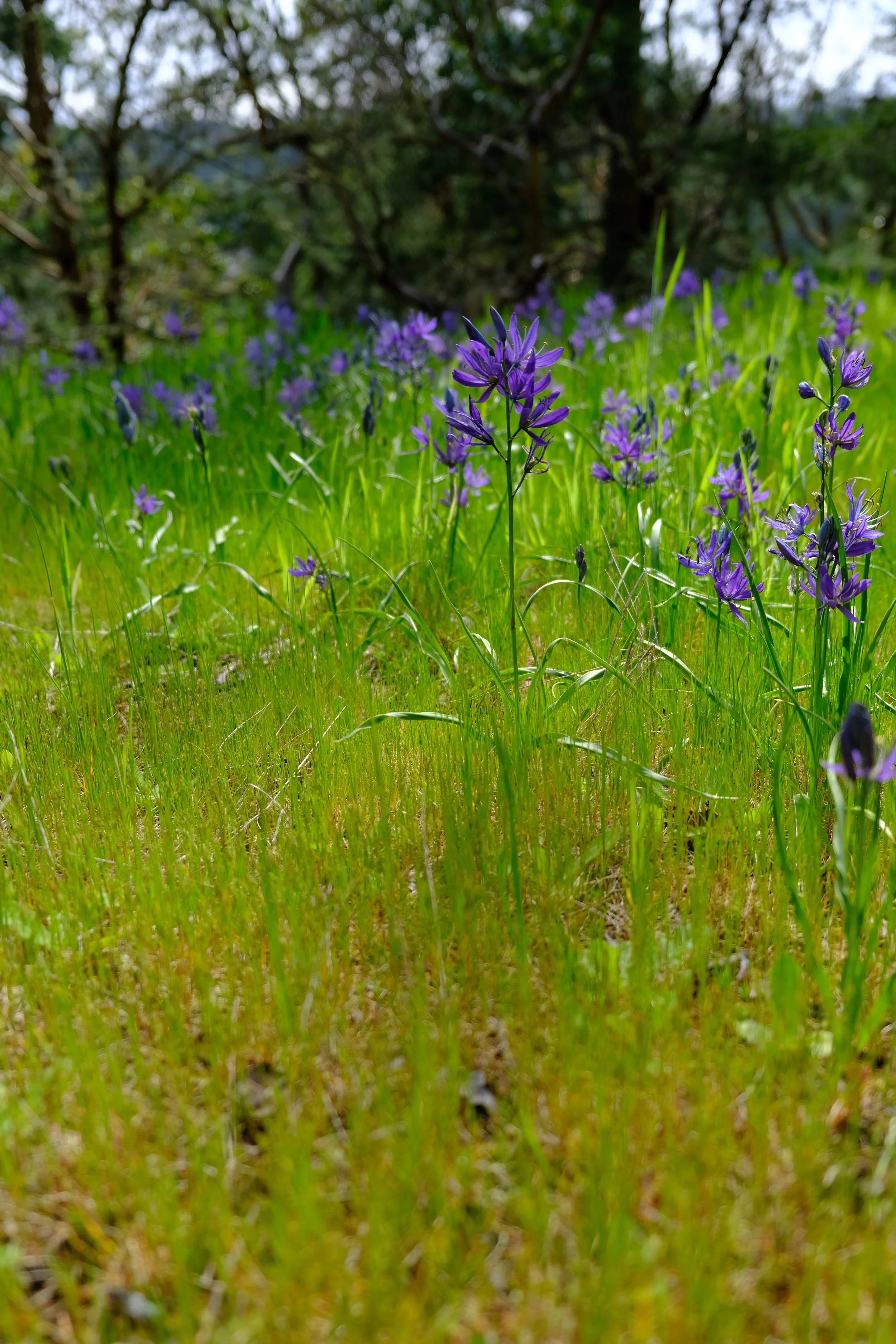
A meadow of common camas (Camassia quamash).
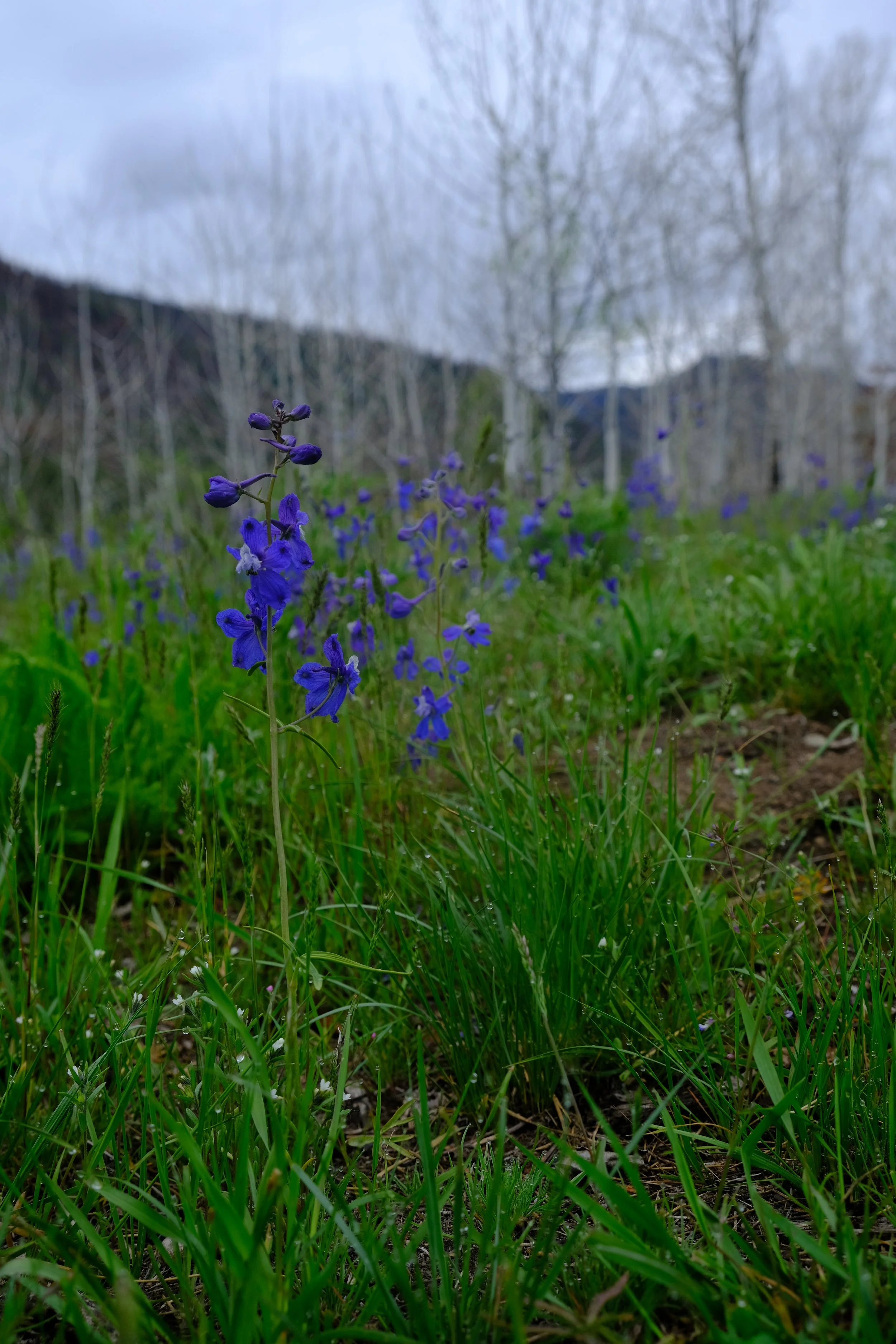
Upland larkspur (Delphinium nuttallianum) against a backdrop of quaking aspen (Populus tremuloides), a year after the Cub Creek 2 fire. The young aspen shown here had been killed by the fire, but more mature colonies nearby had survived and were leafed out.

Two western terrestrial garter snakes amongst salmonberry (Rubus spectabilis) and fringcups (Tellima grandiflora).
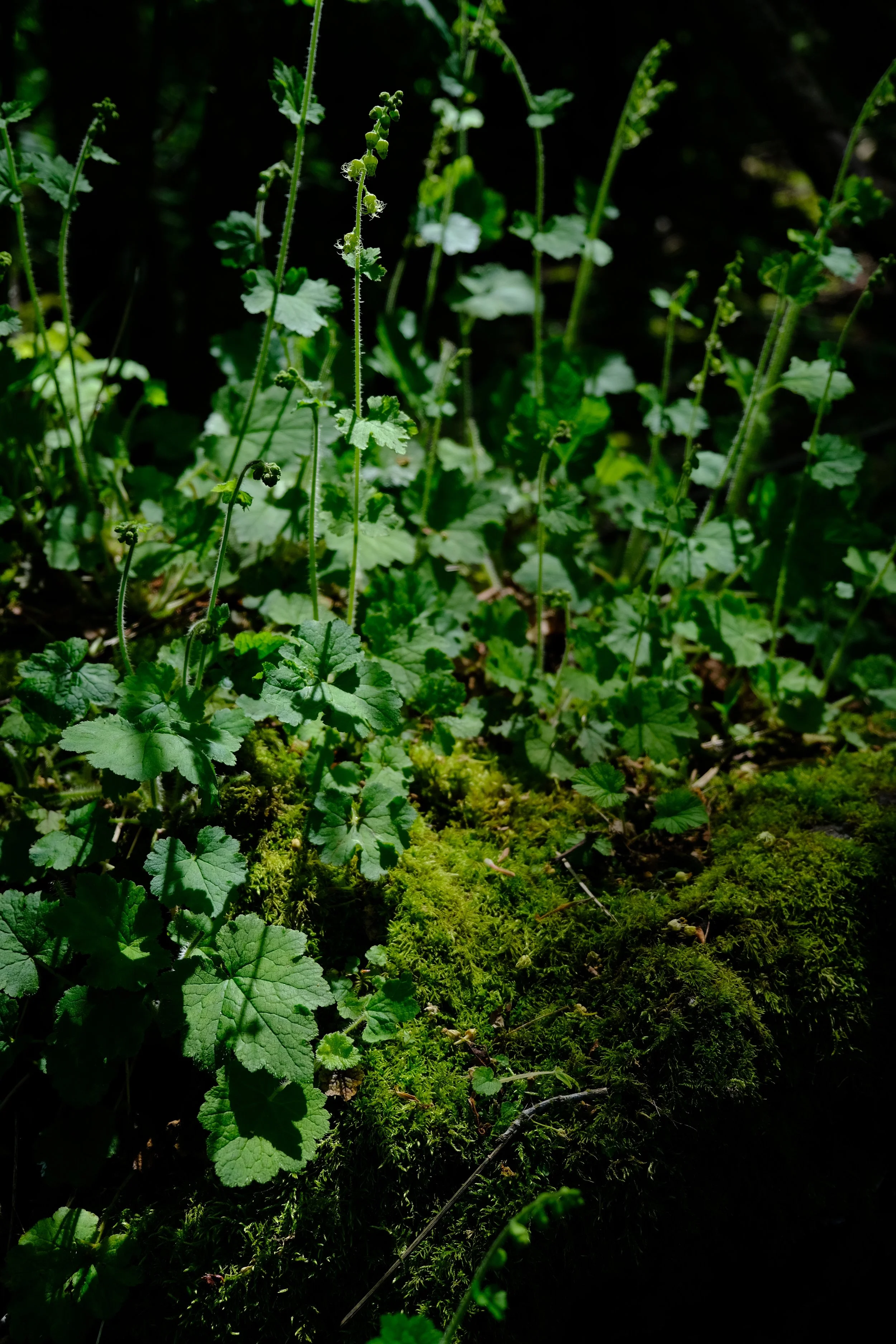
Fringecups (Tellima grandiflora) in a restored coastal habitat at the former site of a cannery.
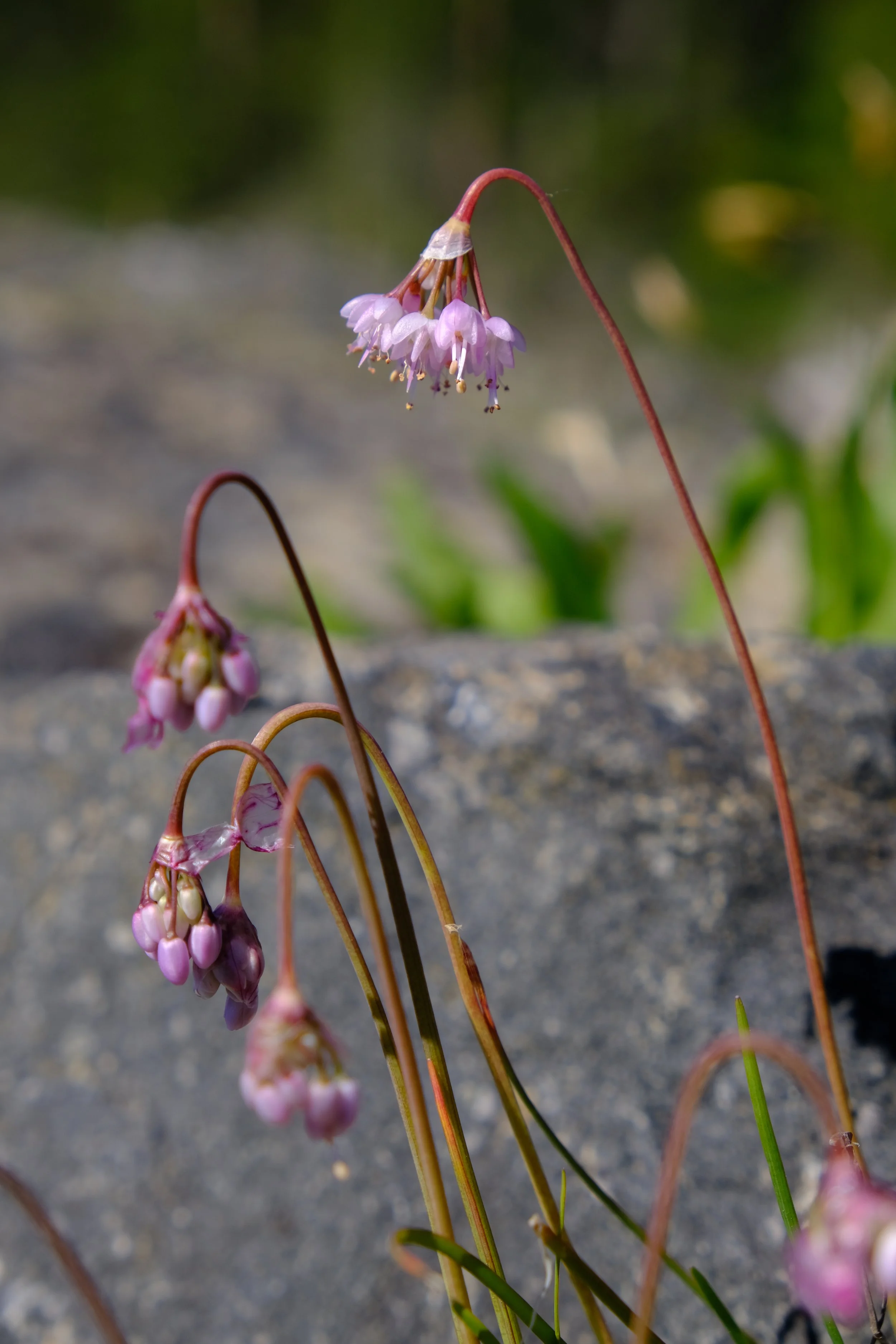
Nodding onion (Allium cernuum) growing on a rocky tombolo.
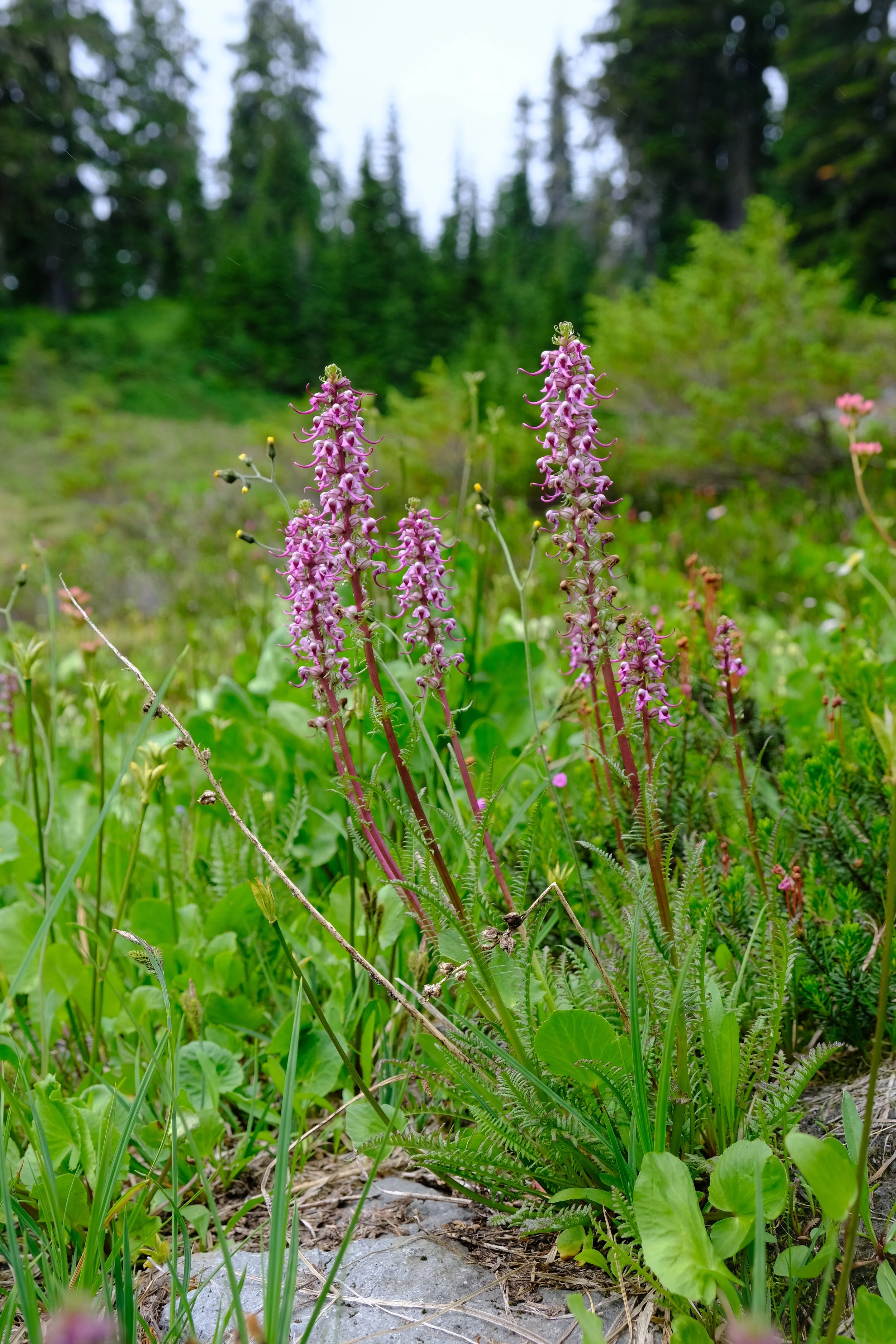
Aptly-named bull-elephant's head (Pedicularis groenlandica) growing happily in this subalpine seep.
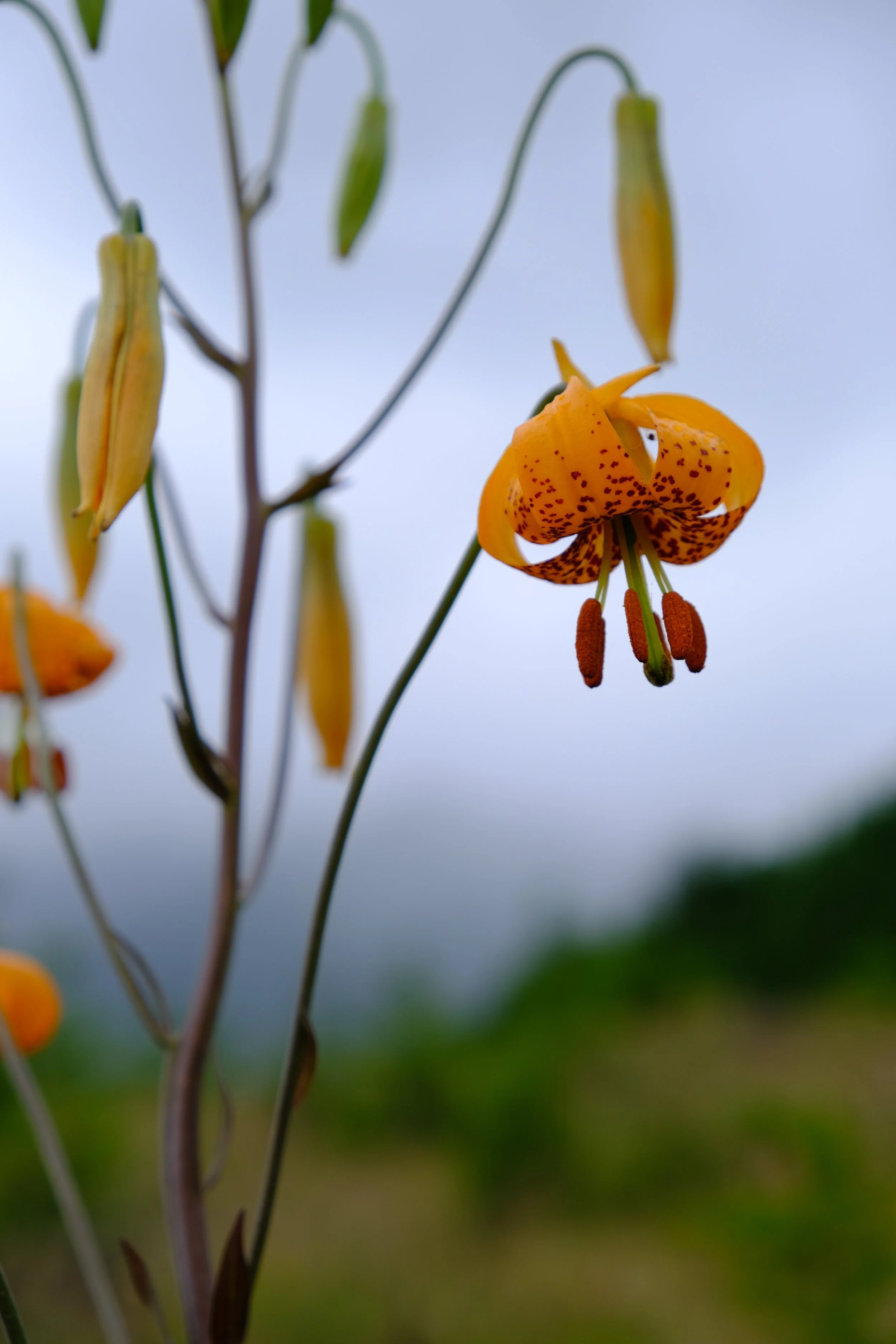
Tiger lily (Lilium columbianum) thriving in a moderately recent clear-cut.
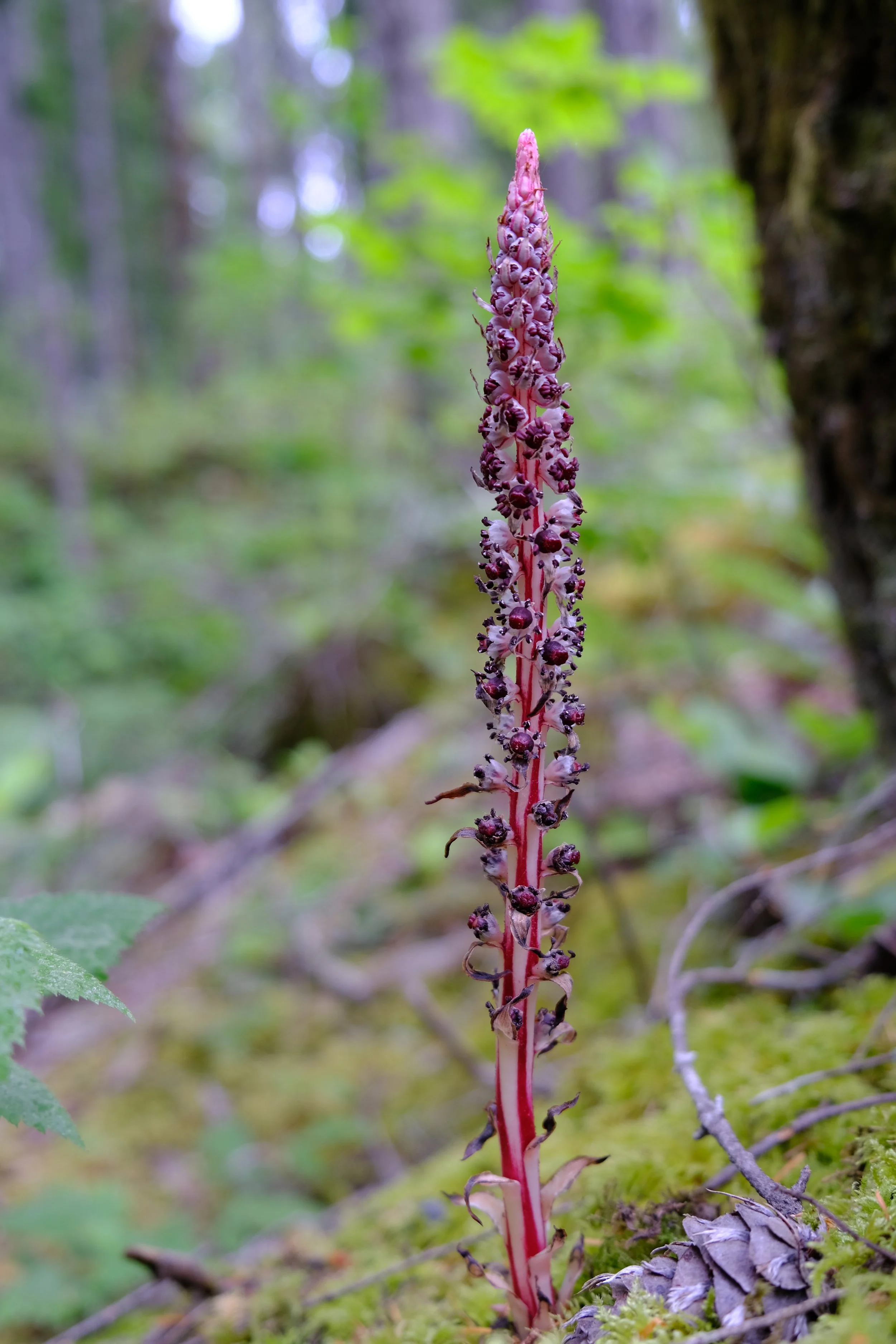
Sugarstick (Allotropa virgata) growing in a managed forest.
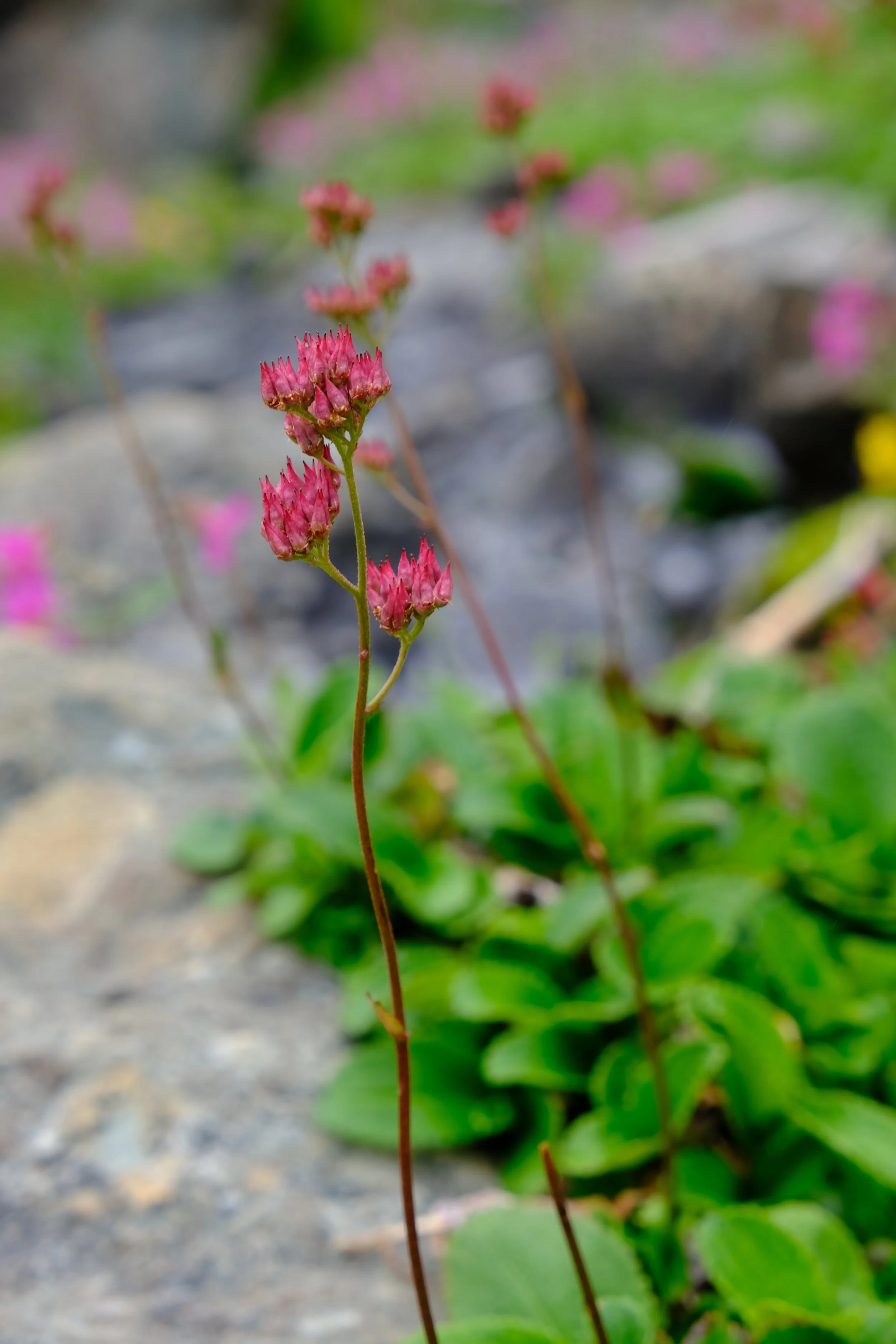
Leatherleaf saxifrage (Leptarrhena pyrolifolia) growing along a subalpine stream.